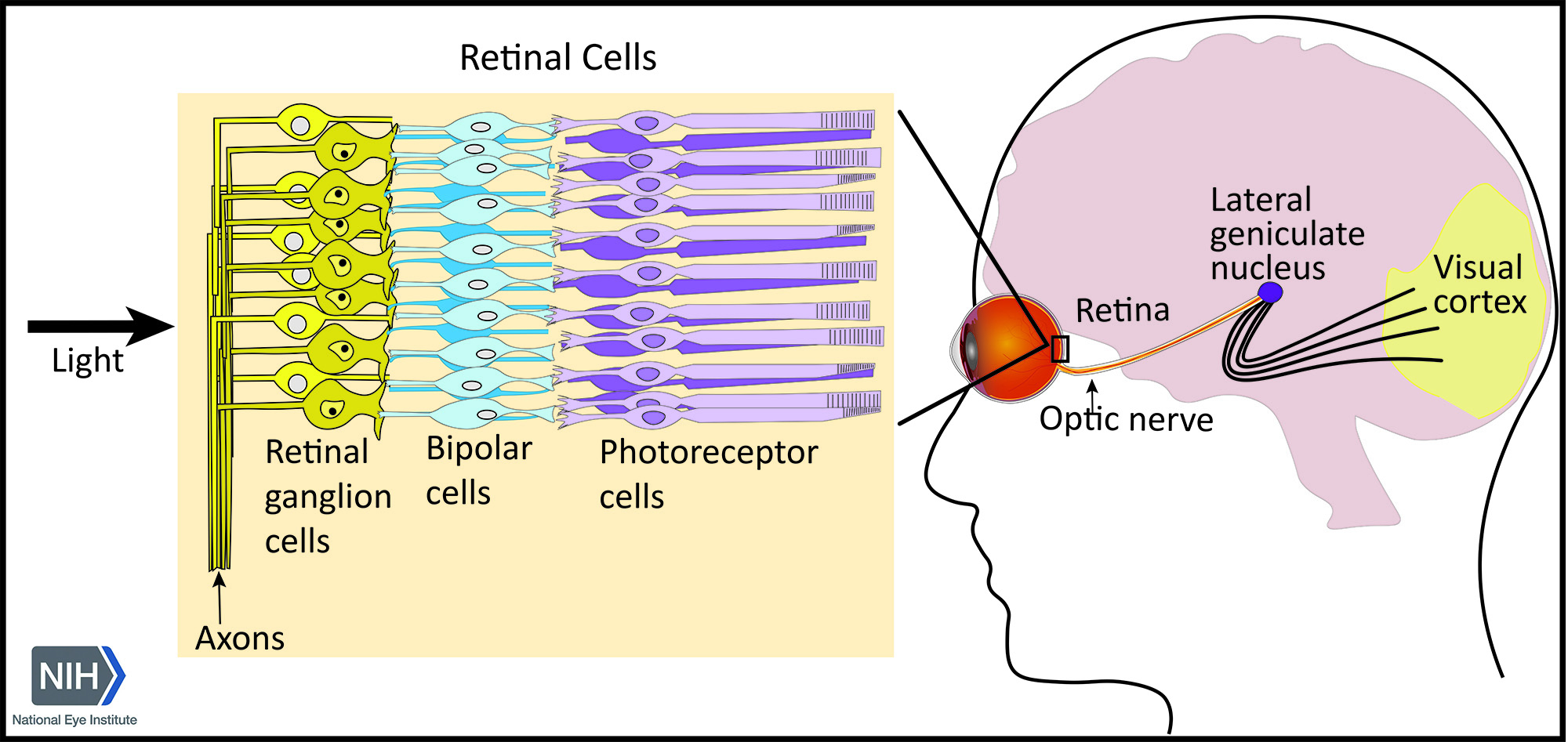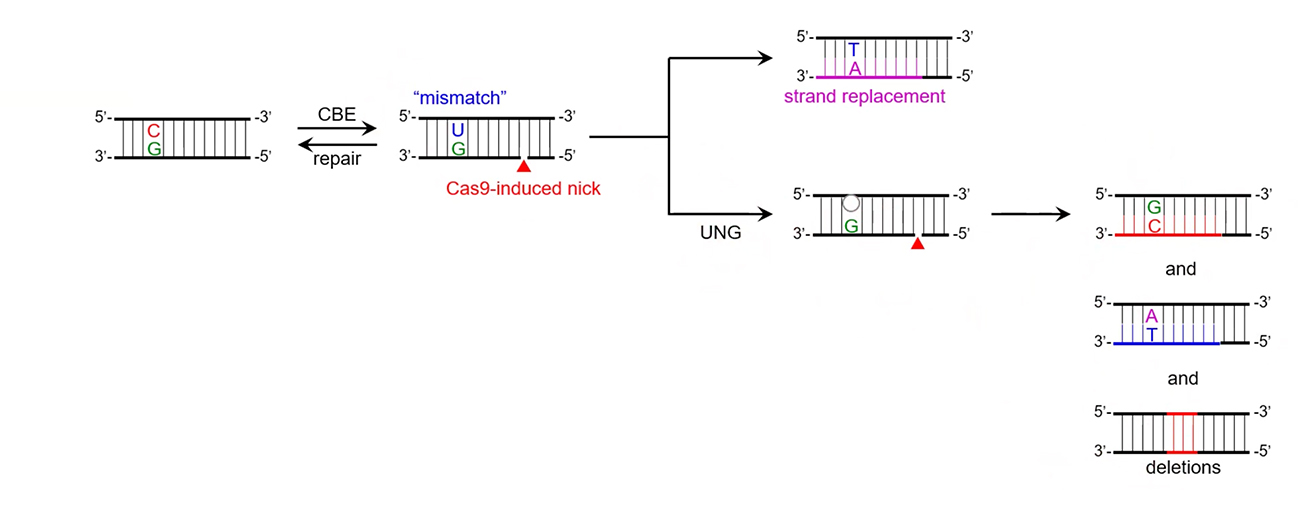2025-06-04 ジョンズ・ホプキンス大学

<関連情報>
- https://hub.jhu.edu/2025/06/04/nih-research-cancers-in-bloodstream-early-detection/
- https://aacrjournals.org/cancerdiscovery/article-abstract/doi/10.1158/2159-8290.CD-25-0375/762609/Detection-of-cancers-three-years-prior-to
血漿細胞を含まないDNAを用いた診断3年前の癌の検出 Detection of cancers three years prior to diagnosis using plasma cell-free DNA
Yuxuan Wang;Corinne E. Joshu;Samuel D. Curtis;Christopher Douville;Vernon A. Burk;Meng Ru;Maria Popoli;Janine Ptak;Lisa Dobbyn;Natalie Silliman;Josef Coresh;Eric Boerwinkle;Anna Prizment;Chetan Bettegowda;Kenneth W. Kinzler;Nickolas Papadopoulos;Elizabeth A. Platz;Bert Vogelstein
Cancer Discov Published:May 22 2025
DOI:https://doi.org/10.1158/2159-8290.CD-25-0375
Abstract
To explore how early can cancers be detected prior to clinical signs or symptoms, we assessed prospectively collected serial plasma samples from the Atherosclerosis Risk in Communities (ARIC) study, including 26 participants diagnosed with cancer and 26 matched controls. At the index time point, eight of these 52 participants scored positively with a multicancer early detection (MCED) test. All eight participants were diagnosed with cancer within 4 months after blood collection. In six of these 8 participants, we were able to assess an earlier plasma sample collected 3.1 to 3.5 years prior to clinical diagnosis. In four of these six participants, the same mutations detected by the MCED test could be identified, but at 8.6 to 79-fold lower mutant allele fractions. These results demonstrate that it is possible to detect circulating tumor DNA more than three years prior to clinical diagnosis, and provide benchmark sensitivities required for this purpose.


